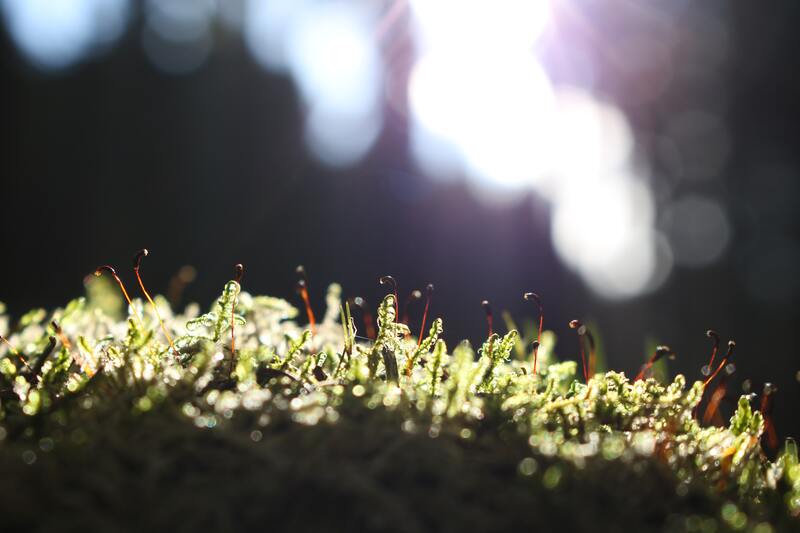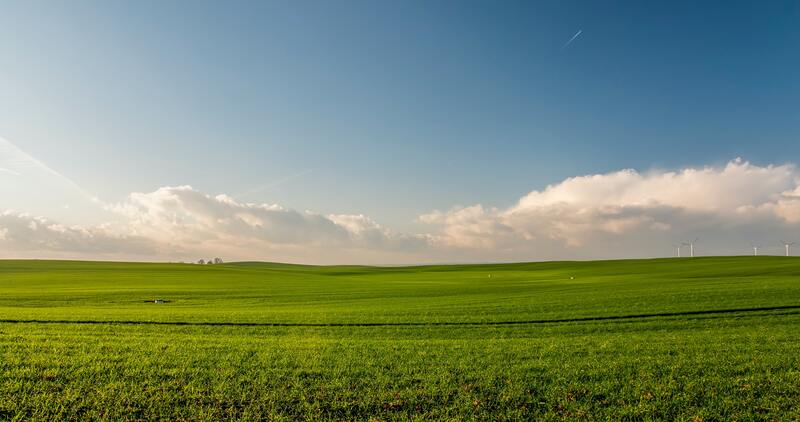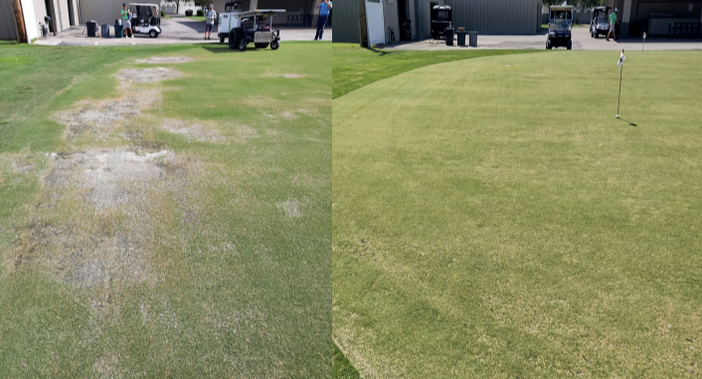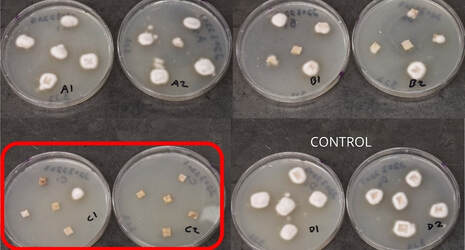IN THE NEWS
Lisi Global: Growing a Sustainable Tomorrow!
Lisi Global's journey spans fields, farms, and beyond, all with a common goal – sustainability. By reducing chemical nematicides and harmful chemicals, they're sowing the seeds for a healthier, greener tomorrow. Join the movement towards a sustainable future!
Lisi Global's journey spans fields, farms, and beyond, all with a common goal – sustainability. By reducing chemical nematicides and harmful chemicals, they're sowing the seeds for a healthier, greener tomorrow. Join the movement towards a sustainable future!
Advanced Pulsed Power Technology. Using the latest pulse generation and control technology, the DES tailors the energy needed to safely and effectively target harmful organisms in the soil. A delivery apparatus moves electrodes through the soil creating a moving electrical field that concentrates the energy where the pests are.
Treatment in seconds. A concentration of energy is key to the treatment's efficacy. Controlled pulses of energy from the DES will penetrate the cells of the fungal pathogen or impact the nervous system of the nematode or insect larvae dramatically shortening the pest's life. This is done in SECONDS with NO thermal effect.
Treatment in seconds. A concentration of energy is key to the treatment's efficacy. Controlled pulses of energy from the DES will penetrate the cells of the fungal pathogen or impact the nervous system of the nematode or insect larvae dramatically shortening the pest's life. This is done in SECONDS with NO thermal effect.
Treat the roots. A unique and exciting advantage of Directed Energy technology is that effective energy profiles can be applied to the root zone without concern of harming the plant. Reduce replants with broad spectrum control of endo-parasitic nematodes, phylloxera, and other root dwellers.
No Preparation. Say goodbye to buffer zones and re-entry delays. Application requires very little downtime and can be combined with other crop/field maintenance.
Different crop, same technology. Regardless of the cropping system or target organism, the electronics package is the same. Adapting the DES to an existing cultural practice like bed formation, root cutback or aeration makes application, and grower adoption, easy.
No Preparation. Say goodbye to buffer zones and re-entry delays. Application requires very little downtime and can be combined with other crop/field maintenance.
Different crop, same technology. Regardless of the cropping system or target organism, the electronics package is the same. Adapting the DES to an existing cultural practice like bed formation, root cutback or aeration makes application, and grower adoption, easy.
USDA/NIFA GRANT AWARD
Your browser does not support viewing this document. Click here to download the document.
The UN estimates an increase of 60% in global food production is necessary over the next 27 years to feed a global population of nearly 10 billion people. Reducing crop losses by controlling soil pests will be a significant step toward achieving that mark.
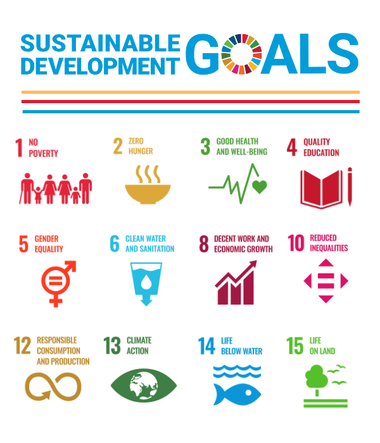 SUSTAINABLE UNITED NATION GOALS
SUSTAINABLE UNITED NATION GOALS
#13, Climate Action: DES technology creates a healthier growing environment by reducing populations of pests and other organisms in the soil that stress the plant and prevent it from growing and producing at its full potential. Whether turf grass or agricultural crops, healthy plants do not require the same level of inputs like fertilizer, pesticides, fungicides, etc, to help the plant achieve more of its potential. Take that several steps further and we can realize lower production rates by manufacturers, fewer miles driven to deliver the inputs, fewer hours of tractor runtime to apply them, etc., all of which reduce carbon emissions. In addition, healthy plants create a more efficient soil–plant–atmosphere exchange by taking in more carbon dioxide, the first step in photosynthesis. These small contributions make our technology nearly carbon neutral (our primary energy source is batteries).




